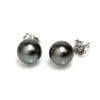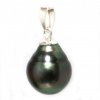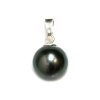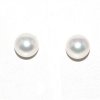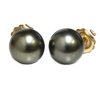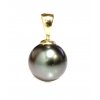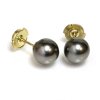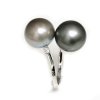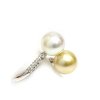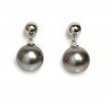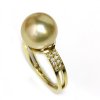Myths say pearls protect your children while strengthening your relationships. It is also said that these small gemstones symbolize the loyalty, generosity, integrity and purity of the wearer. And these are just some of the myths behind this beautiful gemstone that is the pearl of Tahiti.
Myths, legends and metaphors around the Pearl of Tahiti
Contrary to their name, Tahitian cultured pearls are not actually grown in Tahiti; they are actually cultivated in the islands and atolls that surround the latter. Tahiti is the largest island in an archipelago of 118 islands, called French Polynesia. Although the pearls are not actually grown on or around the main island, they are all sent from the small islands to Tahiti where they are exported.
Many tales and myths surround the precious jewel of the sea. Some of the ancient myths about pearls seem really wacky. But they symbolize the importance of these gems to ancient civilizations. Here are some of the ancient myths about pearls:
Ancient Japanese legend: In ancient times, the Japanese believed that the tears of mythical creatures created pearls. Some of these creatures include, among others, nymphs, mermaids and angels.
Ancient Persian legend: According to a Persian myth about pearls, they were created after a storm. It was then that a rainbow descended from the sky and met the earth. Lightning and thunder are believed to be the cause of the bead's imperfections.
Ancient Egyptian legend: In ancient times, Egyptians were buried with their pearls after their death because they greatly believed them. The most famous myth of this period concerns Cleopatra, the famous ruler of Egypt. Legend has it that she took the pearl of one of her earrings. She then dissolved it and drank it! It would have done so to show the Roman politician Marc Antoine that the wealth of the whole nation could be devoured in one sip.
Ancient Chinese legend: Black beads were very symbolic at the beginning of Chinese civilization. They symbolized wisdom. People believed that the beads were formed inside the head of a dragon. Once they were adults, the dragon carried them between his teeth. According to the myth, a person could only pick the pearls by killing the dragon.
Black pearls from Tahiti are among the rarest on the market. Many Polynesian myths surround this lustrous gem. This one is just one of them: legend has it that the god of fertility and peace, Oro, traveled on a rainbow to visit the earth. He brought with him a magical oyster to the people of Polynesia, called the Ufi. A beautiful black pearl has formed inside the Ufi. When Oro saw her, he gave it to Princess Bora Bora to symbolize her eternal love.
Nothing in the world can match the elegance and beauty of the pearl jewelry of the South Seas of Tahiti. Tahitian pearls come in amazing colours.
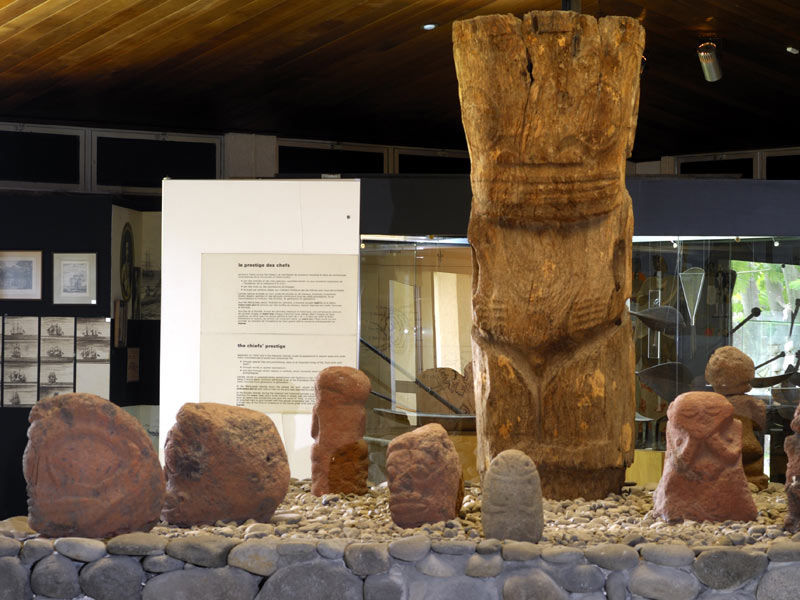
The medicinal and spiritual virtues of the Pearl of Tahiti
In the West, the birth of pearls is linked to the birth of Venus. Botticelli (1486) depicted this legend in the painting "The Birth of Venus" at the Uffizi Gallery in Florence, where venus emerged from a large shell. The beads are also related to tears. White beads are the tears of women,black beads are the tears of men.
Because of their mysterious and spiritual origins, pearlsare mysterious and moral symbols of different societies. Sometimes they embody biological, sacred or abstract ideas. From prehistoric times to modern times, pearls have always been perfect, pure and beautiful,full of love, innocence, humility and a symbol of gratitude.
When a pearl shines with a thousand rays, it indicates that you are healthy; When it fades, it indicates illness; when it loses its luster, it indicates death. For traditional Indian medicine, pearls can improve fertility, promote digestion and maintain good vision. It gives vitality to the wearer. In the East, it is used to treat fever and stop significant bleeding of hemorrhagic types.
In the earliest medical writings dating back to the beginning of the Christian era, there are already medical virtues. Tuberculosis could be cured with pearl and is considered an antidote to poison.
In Eastern civilization, pearl powder was used to treat nervous problems, cure diseased eyes and heart disease. The pearl of Tahiti would also be a remedy against depression, with stimulating and strengthening properties. In Asia, pearls are used to treat sleep disorders, coughs or gynecological diseases.
The Pearl of Tahiti gives an impression of exoticism, chic, refinement and elegance, and has mysterious connotations. The black pearls of Tahiti have a fascinating magnetism and eternal attraction, bringing harmony between mind and body.
Tahitian pearls have effectively withstood the pressure of modern life and have fulfilled the desire for physical and mental therapy in terms of regeneration and detoxification.
The medicinal use of pearls is very old. This is mentioned in Charaka-Samhita. It is the oldest medical writing dating from the beginning of the Christian era. Especially in the East, the healing properties are attributed to pearls.
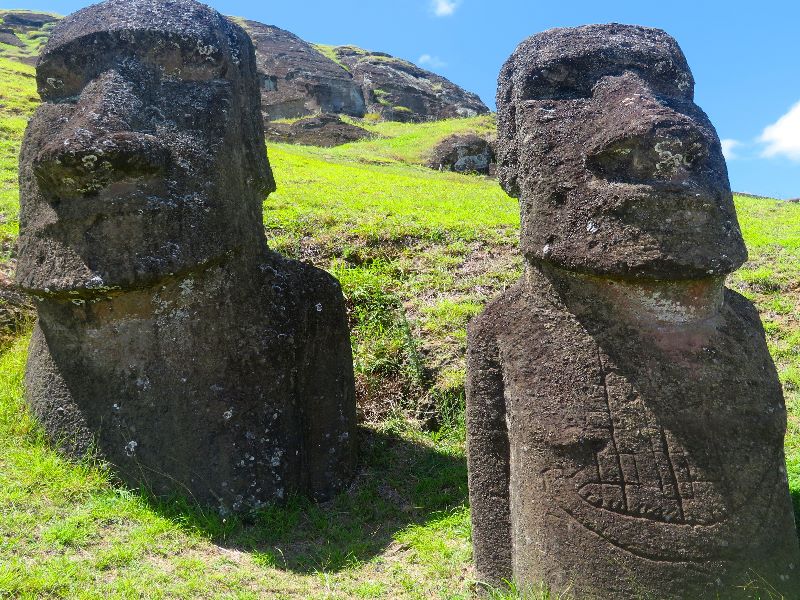
Conclusion
Tahitian cultured pearls have been called "the rainbow pearl of the 20th century." Today, pearls of culture can be found in all fine jewellery stores. They are also used in lithotherapy, along with other gems to treat everyday ailments.

